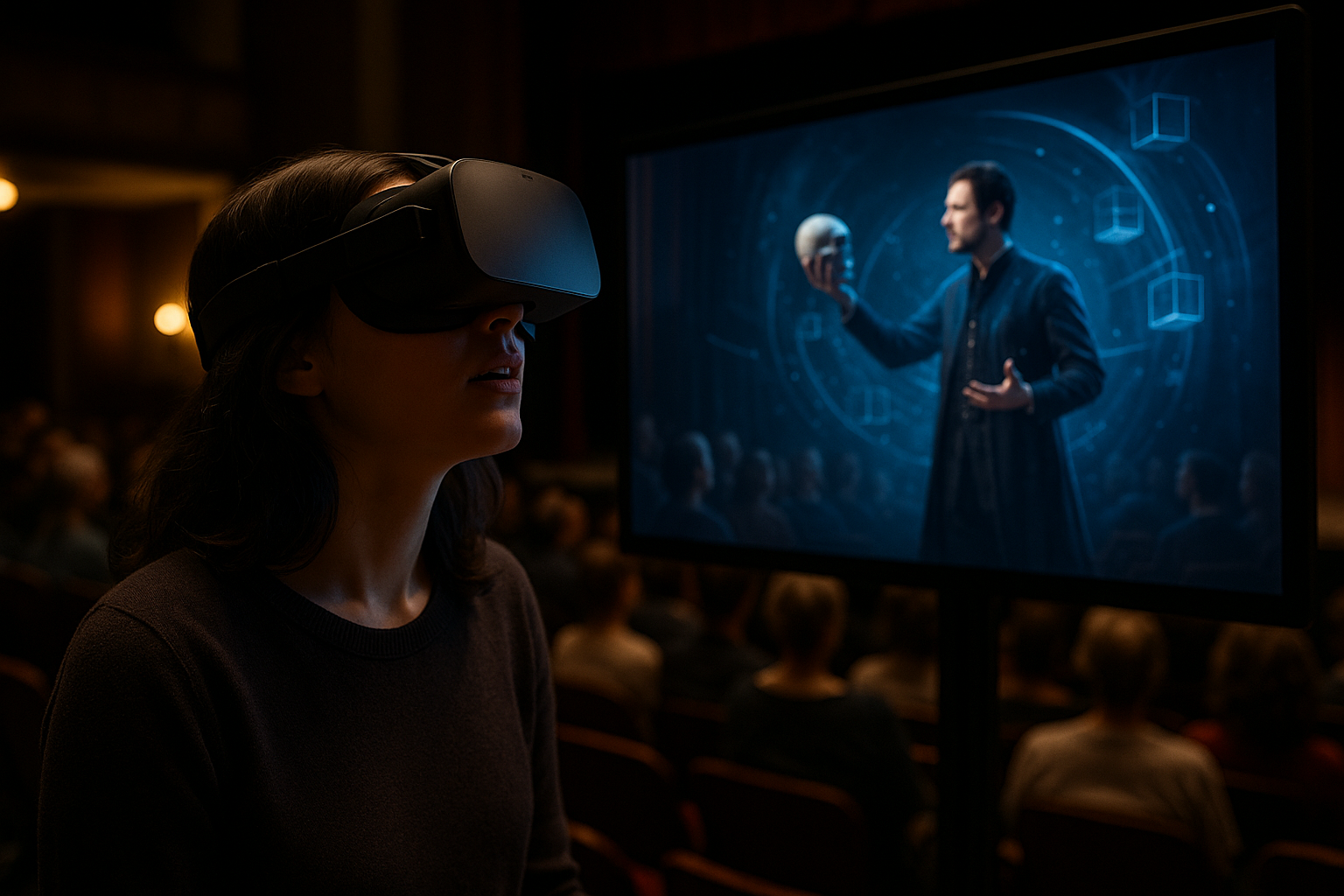Measuring Audience Impact in Hybrid Art Events
Hybrid art events combine in-person and digital experiences, requiring new methods for measuring audience impact. This teaser previews strategies for galleries, festivals, and programming teams to evaluate engagement across exhibition, performance, streaming, and immersive formats.

Hybrid art events blend physical presence with digital reach, creating complex pathways for audiences to encounter work. Measuring the impact of these events requires tools that account for attendance, online participation, qualitative feedback, and longer-term indicators such as follow-up visits, patronage, or participation in residency and conservation activities. Metrics should respect artistic intent and ethical considerations while offering actionable data for curators, programmers, and touring producers.
gallery: What metrics matter for a gallery setting?
Galleries can measure impact using a mix of quantitative and qualitative indicators. Footfall counters and ticketing data provide baseline visitation numbers, while visitor surveys and comment books reveal interpretive responses. Supplementing in-person figures with digital analytics — page views for exhibition pages, time spent on multimedia content, and newsletter sign-ups — connects physical visits to broader audience-building work. For galleries involved in restoration or conservation programming, tracking volunteer engagement, donations, and follow-up workshop attendance helps reveal deeper community investment in preservation practices.
exhibition: How can exhibition programming capture diverse engagement?
Exhibition teams should map touchpoints where audiences interact with works: guided tours, interactive labels, multimedia stations, and online catalogues. Use sampling surveys and short exit interviews to collect qualitative insights about comprehension and emotional response. Digital elements like streaming walkthroughs or 360-degree views generate view counts, completion rates, and geographic data. Combining these measures enables programming that considers accessibility, residency outcomes, and longer-term learning goals, offering a fuller picture than attendance alone.
performance: How do performance metrics translate to hybrid formats?
Performance events often include live audiences and synchronous or asynchronous streaming. For in-person performance, metrics include ticket sales, seat occupancy, and pre/post-performance surveys. For streamed performances, track unique viewers, average watch time, drop-off points, and chat or comment activity. Post-event engagement — such as on-demand views, social shares, and sign-ups for related events — indicates how performances reach audiences beyond immediate attendance. Measurement should also consider artist feedback, tour routing effectiveness for touring companies, and the role of patronage in sustaining experimental work.
curation: What role does curation play in measuring impact?
Curation shapes how audiences encounter works and therefore affects measurable outcomes. Curators can set clear goals for exhibitions and festivals (educational reach, community participation, or conservation awareness) and select indicators aligned with those aims. Qualitative evaluation methods — focus groups, artist and audience interviews, and thematic analysis of responses — complement quantitative data. Documenting curatorial intent and programming choices helps interpret metrics meaningfully, revealing whether multimedia elements, residency outputs, or outreach activities met their intended objectives.
digital: Which digital metrics provide meaningful insight?
Digital metrics offer granular insight but must be contextualized. Useful indicators include unique visitors, time on page, video completion rates for streaming content, click-through rates for e-mail programming, and engagement metrics on social platforms. Geolocation and device data inform distribution strategy for touring exhibitions and festival programming. For immersive or multimedia projects, interaction logs (how users navigate VR or AR experiences) and heatmaps can show which elements attract attention. Ethical data practices and privacy-compliant analytics are essential when collecting user-level information.
immersive: How can immersive and multimedia projects be evaluated?
Immersive projects combine sensory strategies that challenge standard measurement. Evaluation can use pre/post experience surveys to assess shifts in perception, along with observational methods and interaction analytics. For installations that include multimedia components, log files indicating levels of engagement, repeat visits, and time spent within specific modules are valuable. Partnerships with researchers or residency programs can enable longitudinal studies of impact, and conservation-minded projects should track materials, restoration needs, and audience attitudes toward preservation.
Conclusion
Measuring audience impact in hybrid art events requires a layered approach that balances quantitative indicators with qualitative insight. Effective evaluation links gallery attendance, exhibition programming, and performance metrics with digital analytics from streaming and multimedia platforms, while respecting conservation and curatorial goals. By setting clear objectives, choosing aligned measures, and documenting context, organizers can better understand participation patterns, support patronage and touring decisions, and refine programming for diverse audiences without reducing art to only numerical outcomes.





